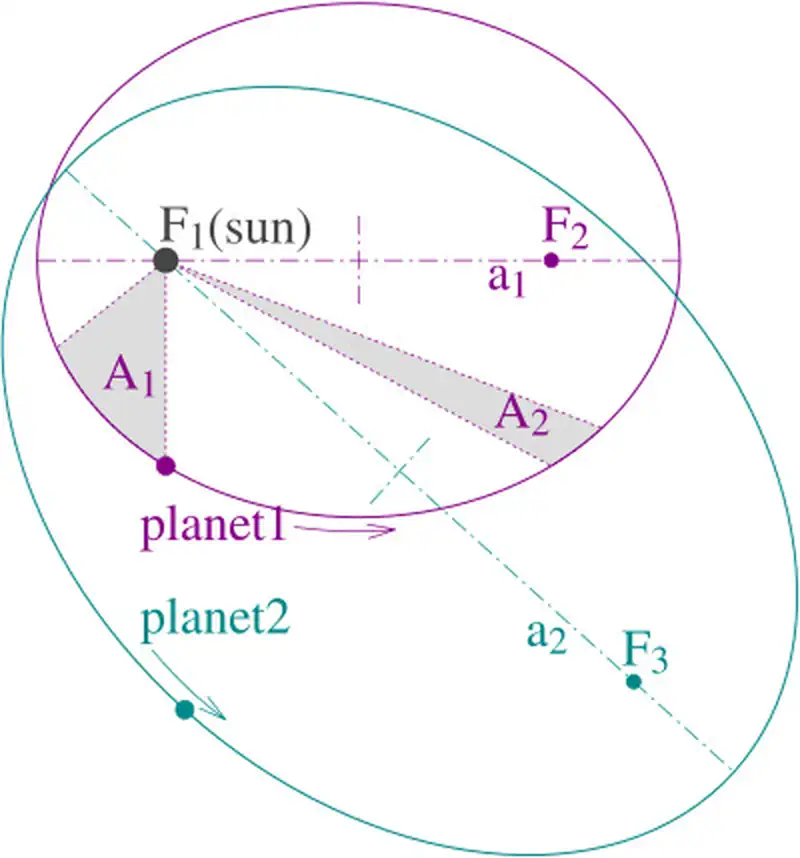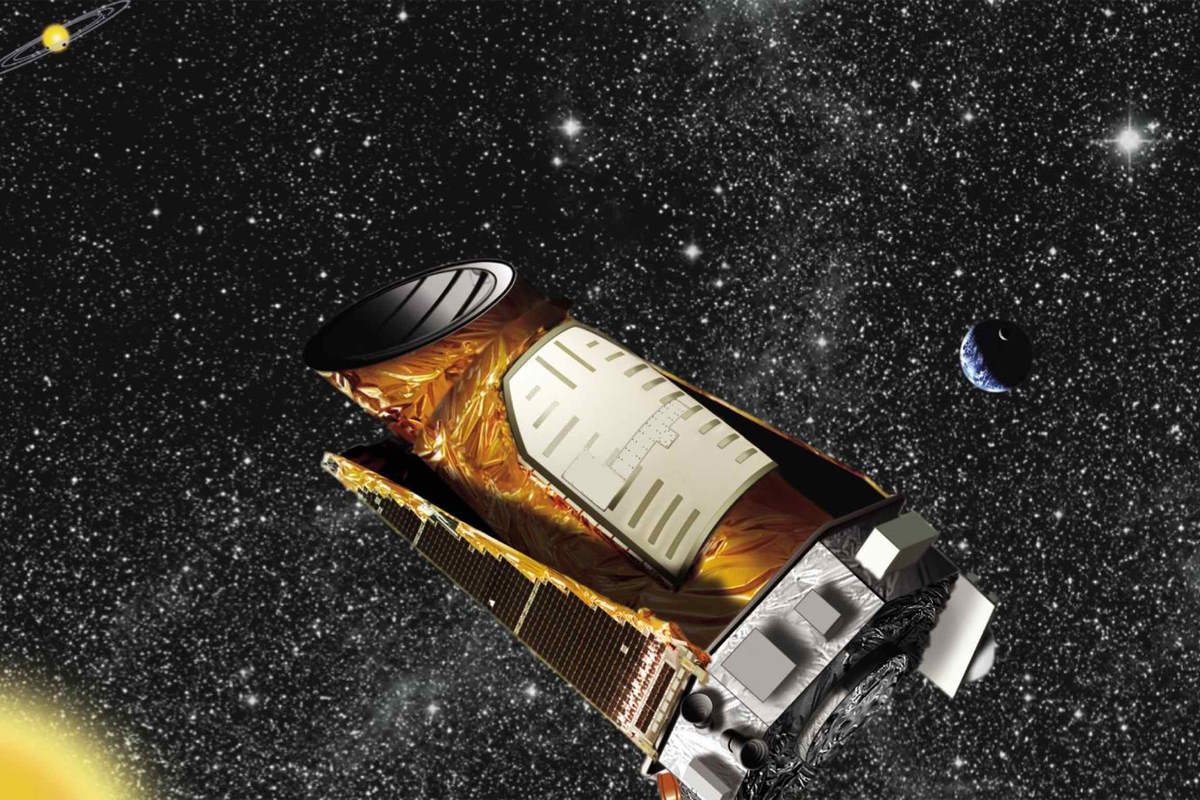On March 7, 2009, NASA’s Kepler Space Telescope was launched from Cape Canaveral on top of a Delta II (7925-10L) rocket. It was designed to search for exoplanets – planets orbiting stars outside our solar system. Kepler’s primary mission was to determine how common Earth-like planets are in our galaxy, and it discovered more than 2,600 confirmed exoplanets during its 9-year mission.
Kepler Space Telescope’s discoveries revolutionized our understanding of the universe and our place in it and paved the way for future space telescopes and exoplanet research.
March 7 story of what happened this day in Science, Technology, Astronomy, and Space Exploration history.
Kepler Space Telescope
The purpose of the Kepler Space Telescope was to survey a section of the Milky Way galaxy with the goal of discovering exoplanets, which are planets that exist beyond our own solar system. Kepler was specifically designed for this task, using advanced technology to scan the galaxy for the faint signals of exoplanets passing in front of their host stars.
It was named after the German astronomer Johannes Kepler (1571-1630), a key figure in the 17th-century Scientific Revolution, and is considered one of the founders of modern astronomy. He is best known for his three laws of planetary motion (see notes 1), which describe the motion of planets in their orbits around the Sun. He also made significant contributions to the field of optics, including explaining how the human eye works, and he was one of the first astronomers to use a telescope to observe the sky.
Kepler Space Telescope orbited (and still orbits) the Sun, in order to avoid Earth occultations, stray light, and gravitational perturbations and torques inherent in an Earth orbit.

Detecting Exoplanets: The Transit Method
Previous projects have mostly detected giant exoplanets, which are typically the size of Jupiter or larger. In contrast, Kepler Space Telescope was specifically designed to search for exoplanets that are 30 to 600 times less massive, and closer in size to Earth (which is about 0.3% the mass of Jupiter).
In order to do this, Kepler Space Telescope used the transit method to detect exoplanets. A transit refers to the phenomenon when a planet moves in front of its host star as seen from Earth. For example, Venus or Mercury transits can occasionally be observed, while “transiting”, they appear as small black dots slowly crossing the Sun, as these planets block some of the Sun’s light as they pass between us and the star. Kepler detects exoplanets by searching for small decreases in a star’s brightness, which occur when a planet transits, or passes in front of, the star.
After detecting an exoplanet through transit observations, its orbital size can be determined by calculating its period – how long it takes to orbit the host star once – using Kepler’s Third Law (see notes 1) of planetary motion, along with the star’s mass. The planet’s physical size can be estimated based on the depth of the transit – how much the star’s brightness decreases – and the size of the star.
By combining the orbital size and the temperature of the star, scientists can calculate the planet’s characteristic temperature, providing insight into its potential habitability – although this does not necessarily indicate whether the planet is currently inhabited.
Kepler Space Telescope discovered more than 2600 exoplanets
Through analysis of data collected by the Kepler and extended K2 missions, scientists have identified over 2,800 potential exoplanets, of which more than 2,600 have been confirmed as actual planets.
Some of these planets are believed to be similar to Earth in composition – rocky, but slightly larger – and are located in the habitable zone of their host stars, where temperatures might allow for liquid water to exist – a crucial component for known forms of life.
Kepler Space Telescope’s second mission: K2
In 2013, the Kepler Space Telescope was repurposed for a new mission called “K2,” after two of its reaction wheels failed. Despite this setback, engineers devised a clever strategy to adapt the mission to scan a broader section of the sky than before, specifically along the ecliptic plane.
The K2 mission also introduced novel areas of research, including investigations into objects within our solar system, exploded stars, and the supermassive black holes located at the centers of distant galaxies.

Following nine years of collecting data in deep space (its planned mission duration was 3.5 years), the NASA Kepler Space Telescope has identified an abundance of previously undetected planets – more than the number of stars in the sky.
Scientists have been able to use data from Kepler to observe and gain a better understanding of supernovae. Because Kepler collected measurements every half-hour, the resulting light curves have been particularly valuable for studying these types of celestial events.
Unfortunately, the telescope has depleted its fuel reserves required for further scientific operations. NASA has chosen to retire the spacecraft in its current, safe orbit, far from Earth.
On November 15, 2018, NASA deactivated the Kepler Space Telescope. NASA’s latest mission, TESS, was launched in 2018 and is currently pursuing the quest to discover more exoplanets.
Video: Kepler Space Telescope Launch
The video below, published by NASA shows the launch of the Kepler Space Telescope on March 7, 2009.
Video: the legacy of Kepler Space Telescope
Notes
Kepler’s laws of planetary motion
Kepler’s three laws state that:
- The orbit of a planet is an ellipse with the Sun at one of the two foci.
- A line segment joining a planet and the Sun sweeps out equal areas during equal intervals of time.
- The square of a planet’s orbital period is proportional to the cube of the length of the semi-major axis of its orbit.

Sources
- “Kepler’s legacy: discoveries and more” on the NASA Exoplanet Exploration website
- NASA’s First Planet Hunter, the Kepler Space Telescope: 2009-2018 on the NASA website
- Kepler mission page on the NASA Solar System Exploration website
- Kepler Exoplanet Mission on the NASA Jet Propulsion Laboratory website
- Kepler space telescope on Wikipedia
- Kepler’s laws of planetary motion on Wikipedia
- Moon Landings: All-Time List [1966-2025] - February 2, 2025
- What Is Max-Q and Why Is It Important During Rocket Launches? - January 16, 2025
- Top 10 Tallest Rockets Ever Launched [2025 Update] - January 16, 2025
